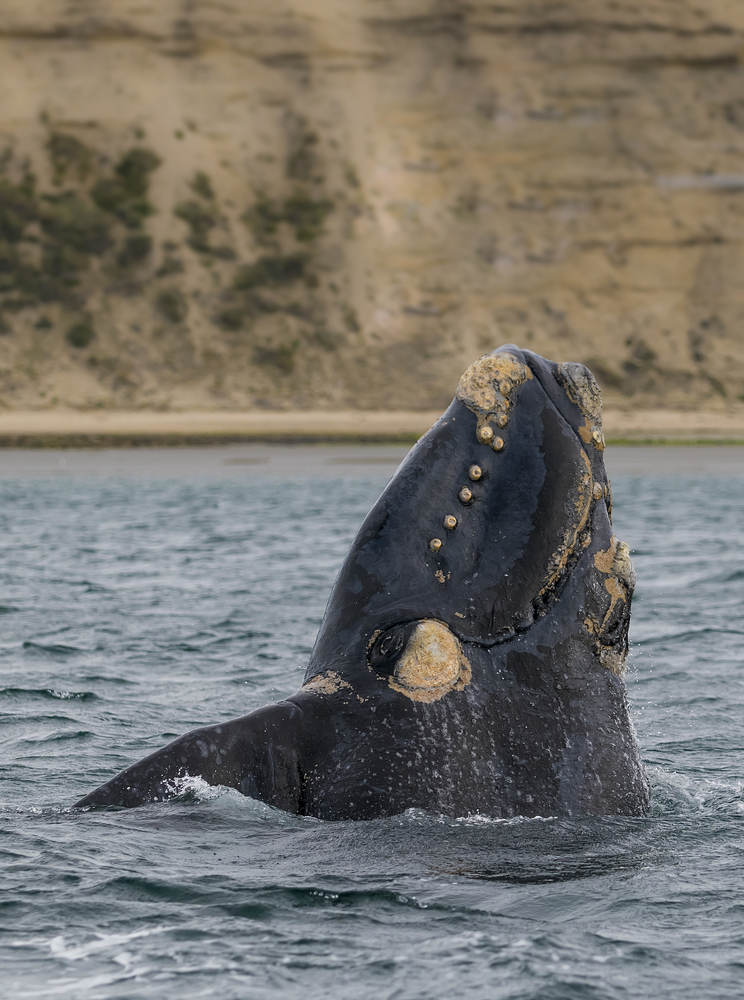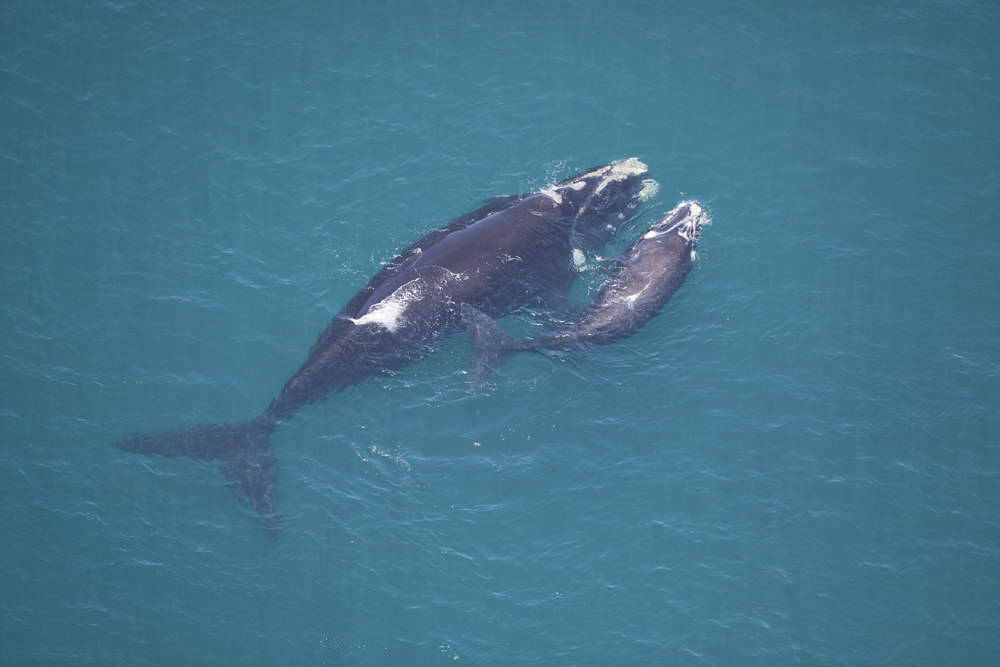EVERYTHING YOU NEED TO KNOW ABOUT
SOUTHERN RIGHT WHALES
The southern right whale (Eubalaena australis) is a baleen whale belonging to the group Cetacea, which also includes other types of whales, as well as dolphins and porpoises. It is relatively easy to identify the southern right whale from other types of whales because of its broad back that lacks a dorsal fin. It also has wide pectoral fins, a long arching mouth, and small, rough patches of skin on its head.
INTERESTING SOUTHERN RIGHT WHALE FACTS
- Southern right whales have dark skin with irregular white patches on their throat and belly. They usually have a round body that tapers to a narrow tail stock. Their tail, on the other hand, is broad and has flukes in it that form a wide triangle with a notch in the middle.
- These whales are massive. They can grow for up to 17 metres long and weigh up to 100 tonnes.
- Like other baleen whales, southern right whales have two blowholes. However, unlike other whales whose blow holes merge into one, the southern right’s two blowholes remain separate. Because of this, southern right whales can create a distinctive V-shaped cloud of vapour when they surface above the water to breathe.
- When they are born, southern right whales can be four and a half to six metres long. Their gestation period lasts from 11 to 12 months, while their weaning age is at 11 to 12 months. In most cases, it takes three to four years for female southern right whales to produce a single offspring.
- Southern right whales are often found performing numerous activities like breaching and sealing. They are sociable, too. They like making contact with other whales and dolphins, and they are known to approach boats to observe them and the people on board.
- Southern right whales seem to be very thoughtful and aware of their large size. When interacting with humans or other smaller animals, they have been seen limiting their behaviour to avoid injuring the latter.
SOUTHERN RIGHT WHALE DIET
Surprisingly enough, despite their massive size, southern right whales mainly eat copepods, which are tiny crustaceans such as krill, mysids, and plankton. Because they are baleen whales, they don’t have teeth. Instead, they have 220 to 260 baleen plates or bristles that hang from each side of their upper jaws. They feed by swimming with their mouth open and trapping krill and other copepods in their baleen bristles, which also filter out water out of their mouth.


MIGRATION OF THE SOUTHERN RIGHT WHALE
Southern right whales are often seen on the coastline of New South Wales from May to the end of November. Sometimes, they can be spotted from the shore, on a beach or at a lookout point. Alternatively, if you want a closer look, hop aboard a whale watching tour. You may even be lucky enough to can see a mother and her calf playing together. However, it is important to remember…
The southern right whale is listed under the Environmental Protection and Biodiversity Conservation Act, and a 2010 review revealed that numbers of southern right whales in their Australian habitat are still limited when compared to historical data. Therefore, the review concluded that a recovery plan ( the Southern Right Whale Conservation Management Plan) is still required. Read more here.


